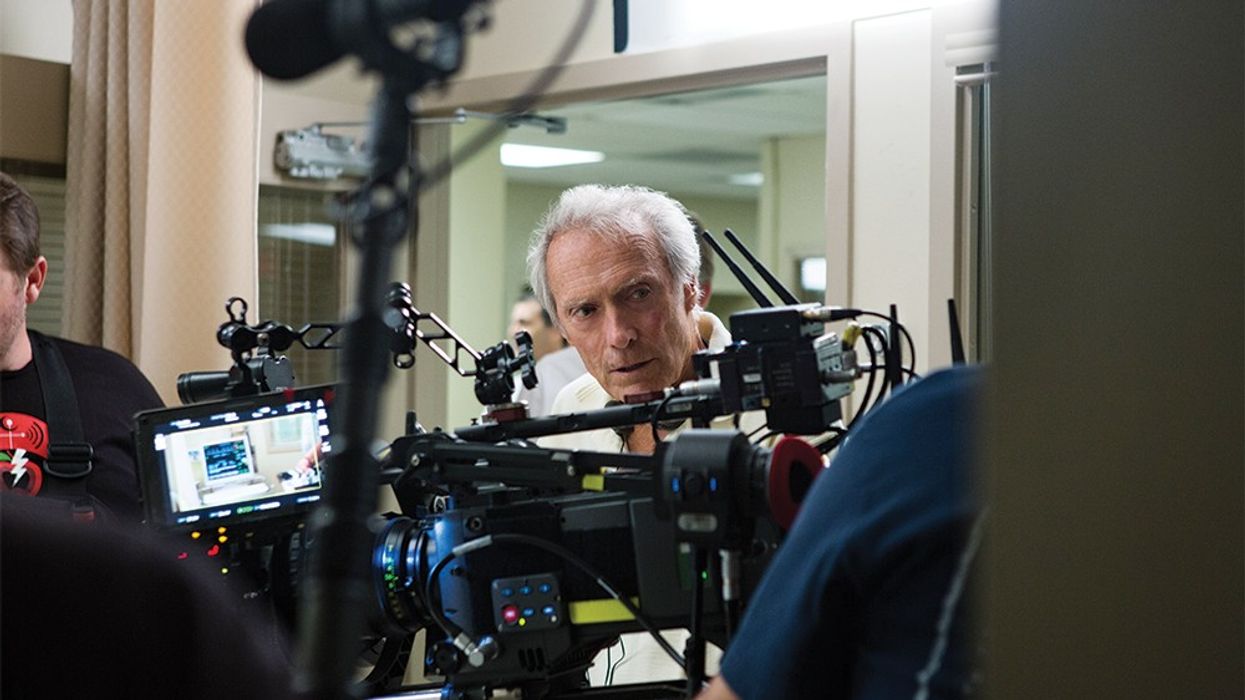Thanks to Nolan and Eastwood, Large Format Cameras Have Forever Changed Movies
Large format cameras have changed the way we watch and make movies. But how are they changing the medium's language?

Cinematographers have spent the last five years easing into large format cameras. They started on blockbuster movies like The Dark Knight and Rogue One, but have since branched out into more accessible and smaller projects using the same cameras.
Not since the rise in digital cinematography has the entirety of cinema changed. Now, large format cameras as expanding the screen and our conversation about what we show and the cinematography behind movies and TV.
What are large-format cameras?
Large format cameras, like the Panavision Millennium DXL, Sony F65, and ARRI LF series, capture images with significantly more detail. They create a clearer picture and a shallower depth of field. That means using a 50mm lens on a 65mm format camera produces a field of vision equivalent to 25mm lens on 35mm format.
So what does that mean? It means that when you shoot this way, you can maintain the characteristics and optics of the tighter 50mm lens but you can see more of the frame, thus allowing for a more detailed wide shot -- without having to shoot with a wide-angle lens.
Cinematographer Ben Davis, who shot Doctor Strange in large format, told Panavision, “My fear was that it would be too clean, too sharp,” he says. “Cinematographers are always trying to break down digital media. We’re putting older lenses on. We’re putting anamorphics on. We’re trying to get flaring. We’re putting atmosphere in. We’re just trying to break down that image a little bit. But the additional information in the highlights and shadows in combination with those lenses created a lovely, very natural feel, which is something I’ve been looking for in digital cinematography. There’s a creaminess and the way the focus falls off across the image is better.”
But how can any of this apply to cinematographers at a different level?
How is this changing Hollywood?
You don't have to be a film scholar to know that people have been shooting and staying wide for a long time. The Coens, Cuaron, Orson Welles, and even Clint Eastwood like to capture close-ups with wide-angle lenses.
But now, with these large format cameras, you don't need to shoot in 65mm or 70mm to get that same effect. You can do it all digitally for a fraction of the cost. In previous years, only companies like Marvel -- and filmmakers like Christopher Nolan -- were able to shoot this way. Now, the tech is so good it can be used by a new generation.
That generation is using the tools to challenge our typical view of mise en scene and composition.
In an interview with IndieWire, cinematographer James Laxton, who shot If Beale Street Could Talk on the Alexa 65, said:
“You have the same sort of presence of being, of seeing like you’re in a close up of someone, but now you also see much more expression, and much more of the physical performance someone is giving, so it just feels like you’re really close in a moment with a character, within the character’s space, in a way more traditionally we would be seeing just less of the performance. It’s like you kind of get this sort of intimate close up feeling, when watching a scene with a 50mm lens, but now we’re seeing much more of that person. That performance and how the character is framed in their space is just different, in a way that’s almost trippy at first.”
What's next? How Large format was used in Beale Street!
James Laxton, the cinematographer of Barry Jenkins' If Beale Street Could Talk, reveals how shooting 65mm helped tell the devastating story.
Click for more.














